Official government website of the Government of the Kingdom of Saudi Arabia
Links to official Saudi websites end withgov.sa
All links to official websites of government agencies in the Kingdom ofSaudi Arabia end with .gov.sa
Government websites use theHTTPSprotocol for encryption and security.
Secure websites in the Kingdom of Saudi Arabia use the HTTPS protocolfor encryption.
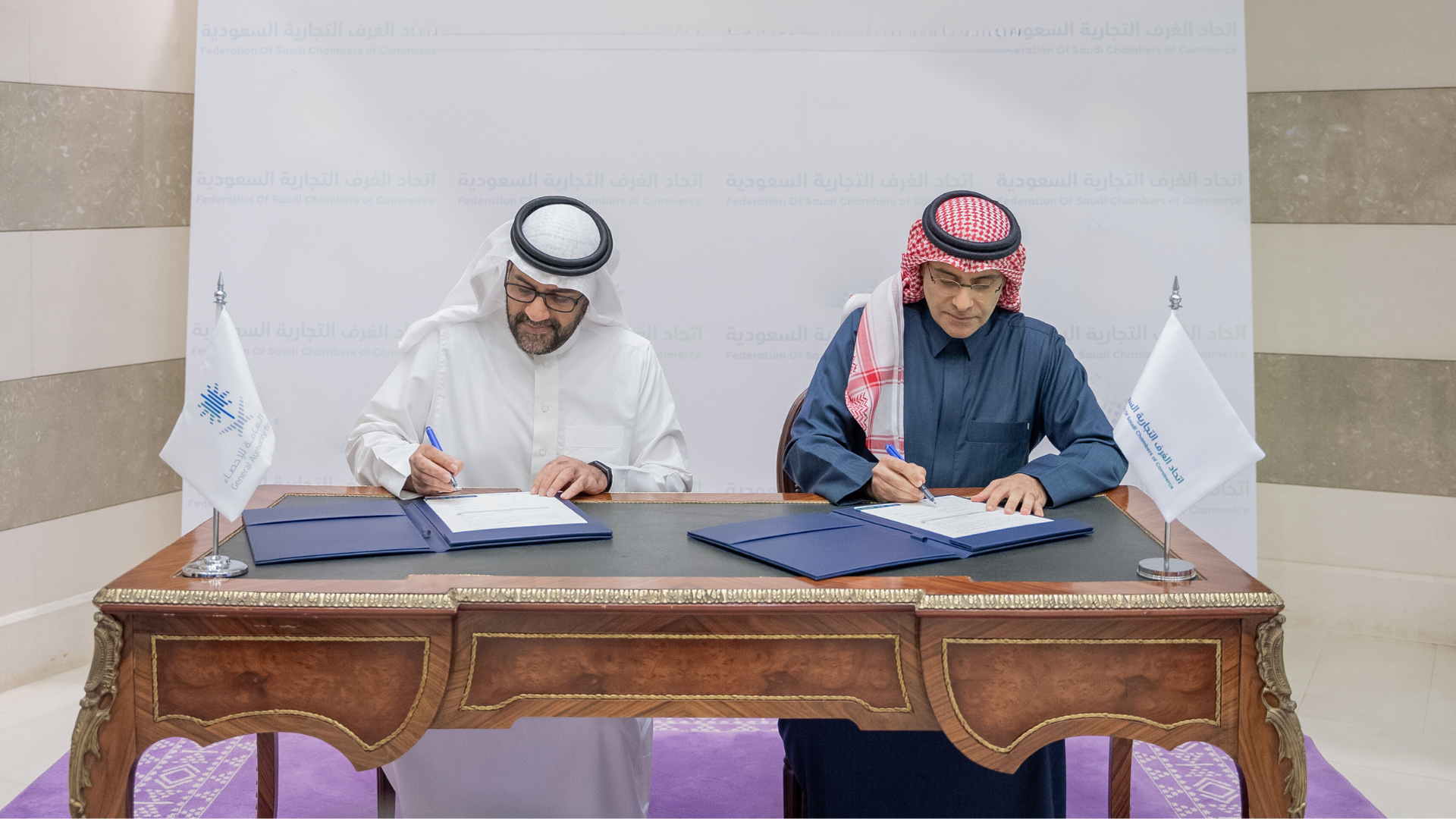
GASTAT signs MoU with FSC to develop statistical products
03-01-2024
GASTAT Obtains the European Institutional Excellence Certificate EFQM
01-01-2024
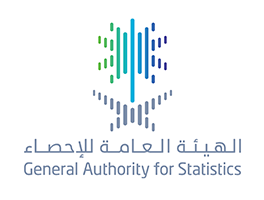
GASTAT 45.8 % of employees (18 years and over) in KSA work for more than 40 hours a week
31-12-2023
GASTAT celebrates Gulf Statistics Day with participation of Gulf statistical agencies
25-12-2023
GASTAT wins excellence award for website performance and digital content efficiency at the level of government entities 2023
24-12-2023

“GASTAT” and Information & eGovernment Authority in the Kingdom of Bahrain sign MoU
21-12-2023
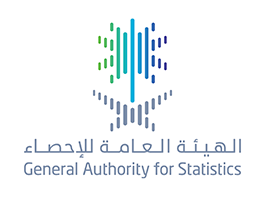
GASTAT: Number of passengers of public transport buses increases in KSA during 2022
21-12-2023
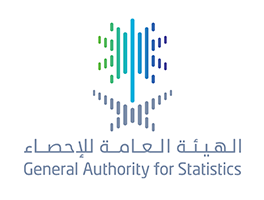
GASTAT: Operating Revenues of SMEs Increase by 5.8% in 2022
21-12-2023
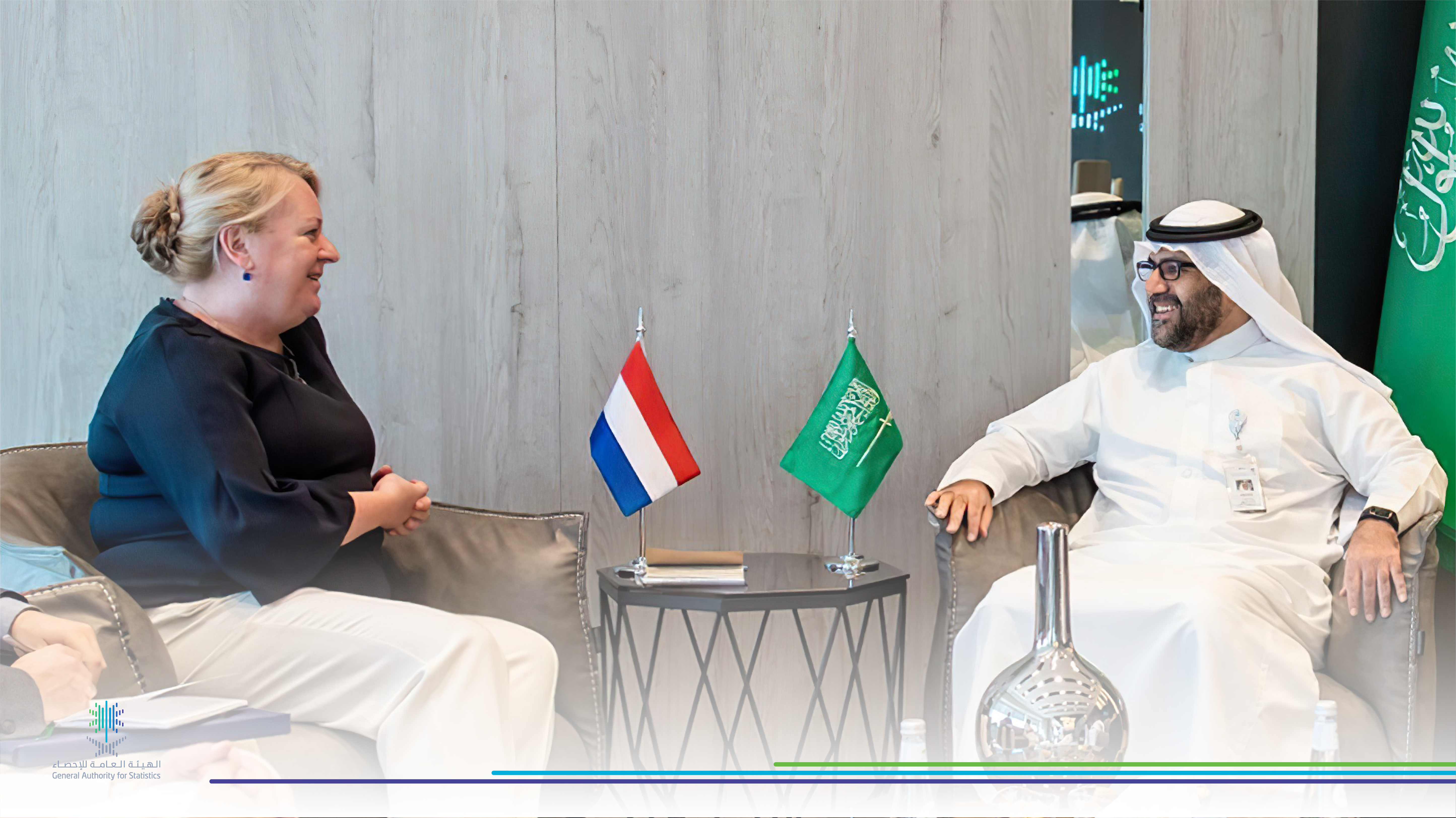
GASTAT President Discusses Ways of Cooperation with Netherland Side
04-12-2023
GASTAT issues culture and entertainment statistics from mid-2022 to mid-2023
04-12-2023
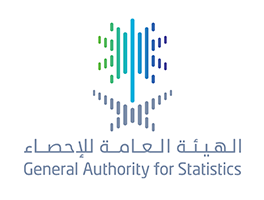
Saudi Arabia adopts new methodology for calculating FDI data
30-11-2023
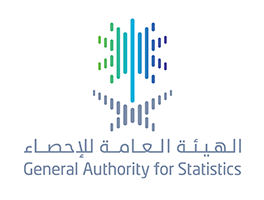
GASTAT issues indicators of health determinants and childhood development in KSA for 2023
26-11-2023
General Authority for Statistics and Saudi Federation for Cybersecurity sign a memorandum of cooperation
23-11-2023
Saudi Arabia and Estonia discuss ways to enhance cooperation in the statistical field
22-11-2023
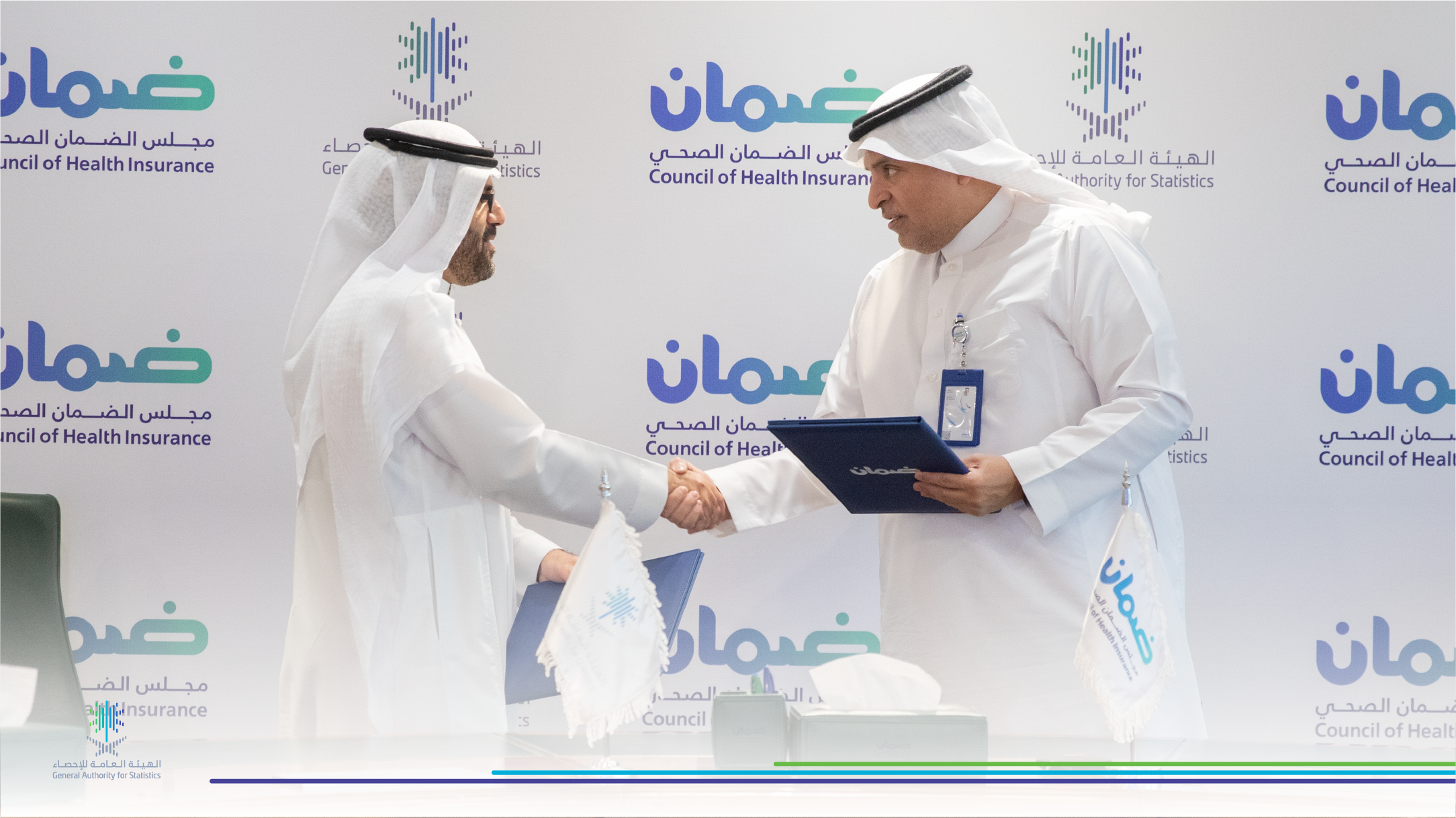
GASTAT signs a cooperation agreement with Health Insurance Council
16-11-2023
Under the presidency of Kingdom 48th meeting of Board of Trustees of Arab Institute for Training and Statistical Research holds in Jeddah
16-11-2023
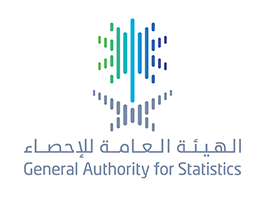
BOD of GASTAT holds its 26th meeting
14-11-2023
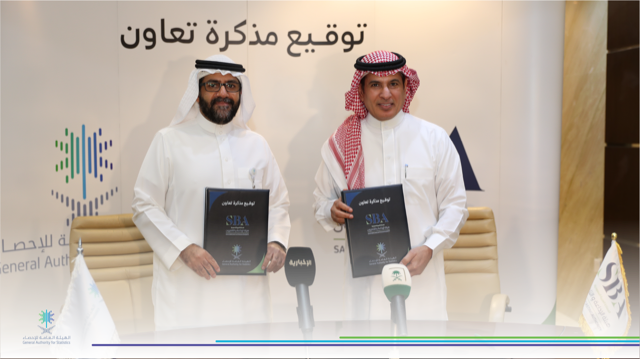
GASTAT signs MoC with Saudi Broadcasting Authority
13-11-2023
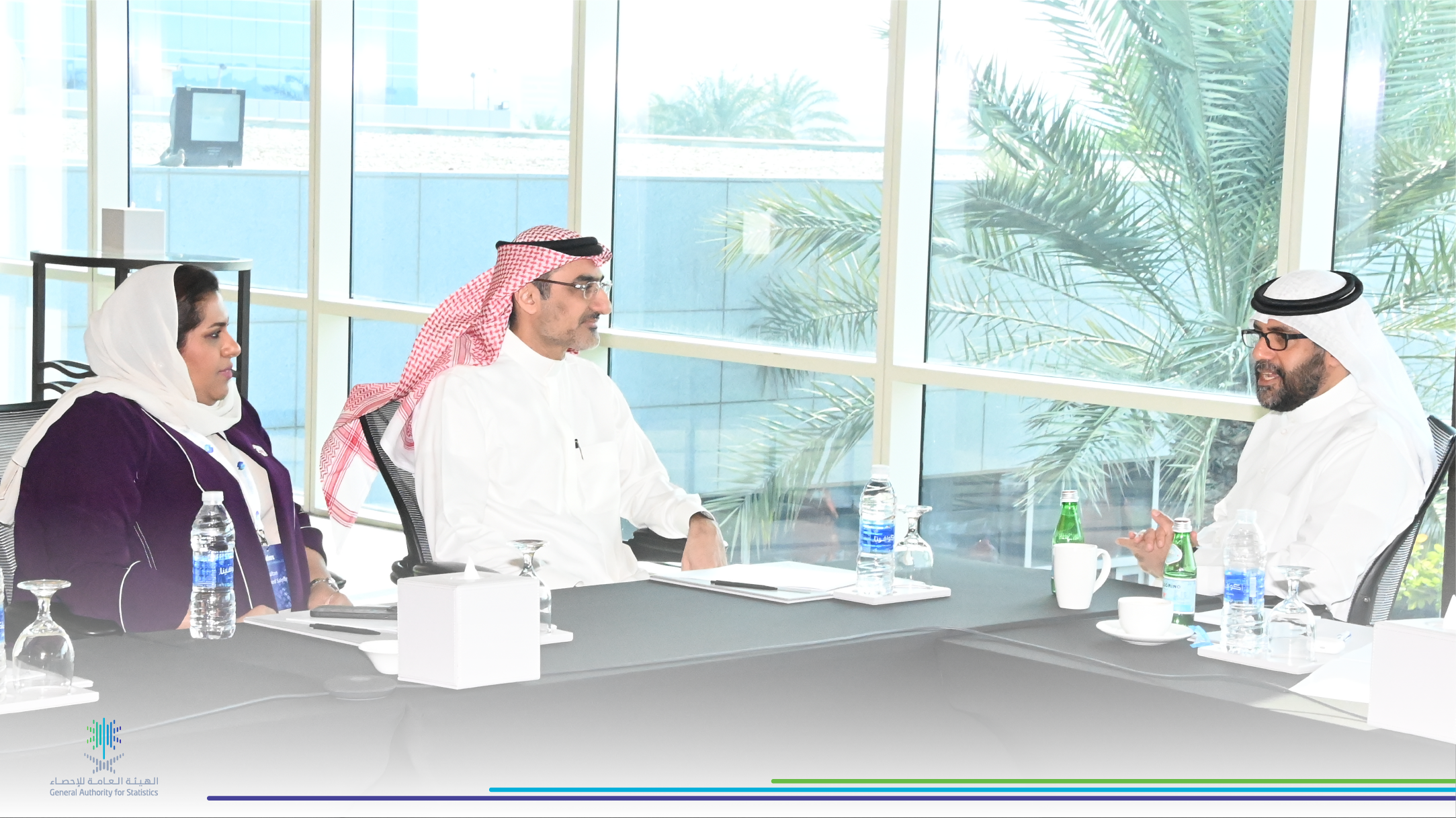
GASTAT discusses ways of joint cooperation with Kingdom of Bahrain
12-11-2023
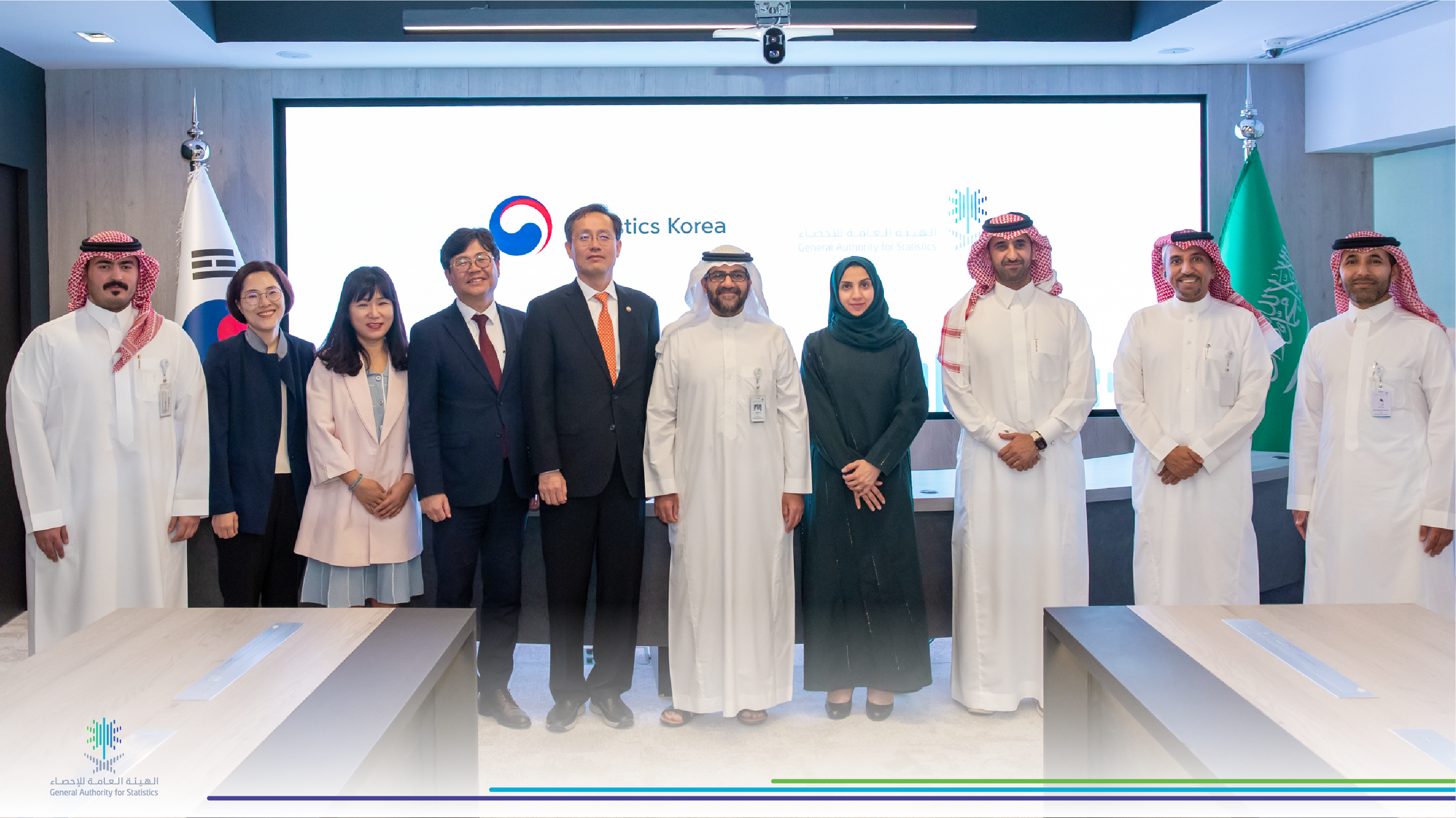
GASTAT holds meeting with its Korean counterpart
12-11-2023

KSA participates in 21st International Conference of Labour Statisticians
12-11-2023
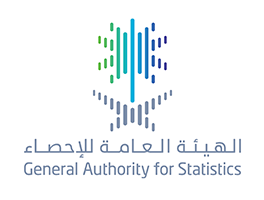
GASTAT issues number of health status indicators in Kingdom
01-11-2023
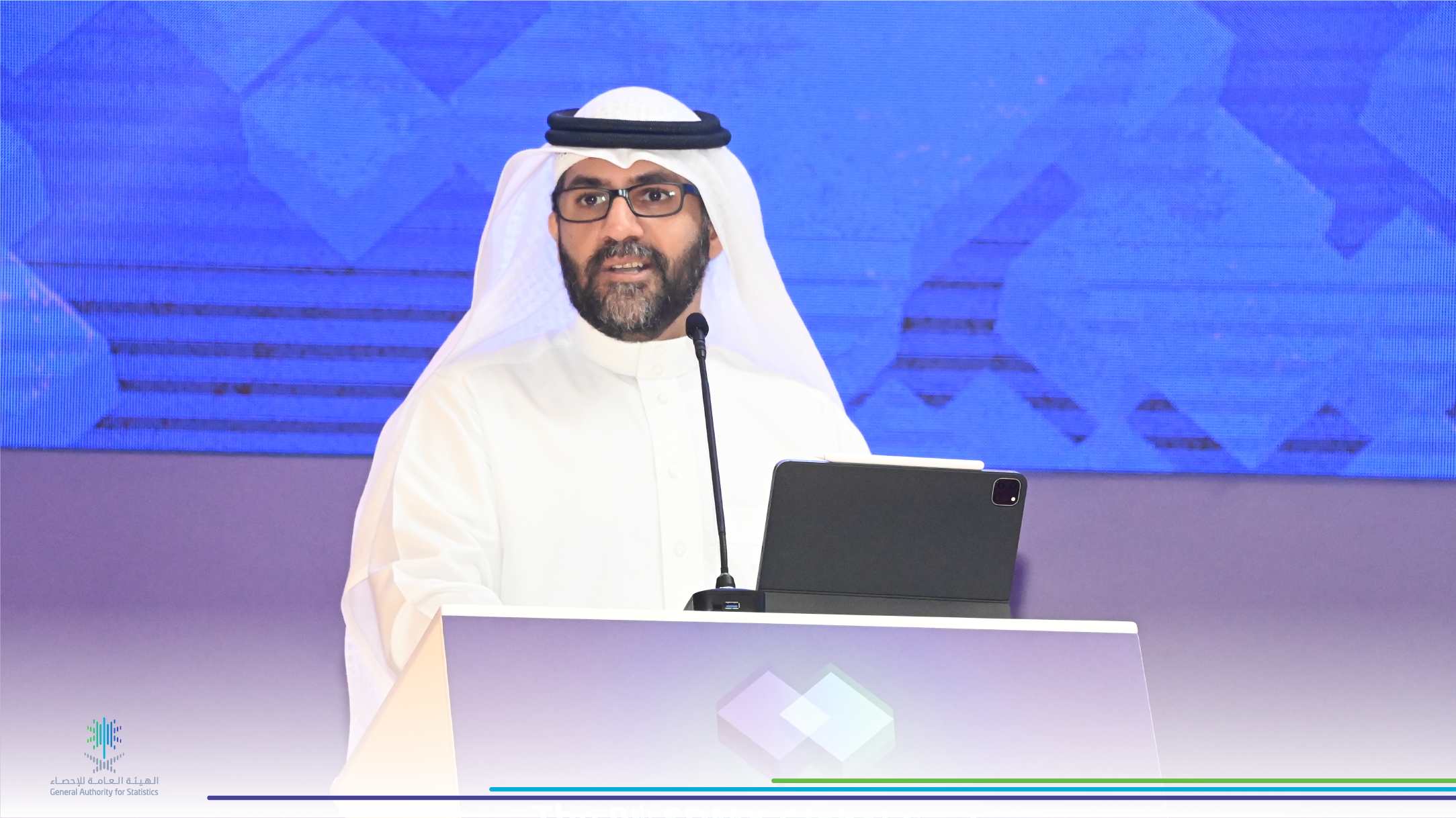
GASTAT participates in the 9th Global Conference on (SDMX)
29-10-2023
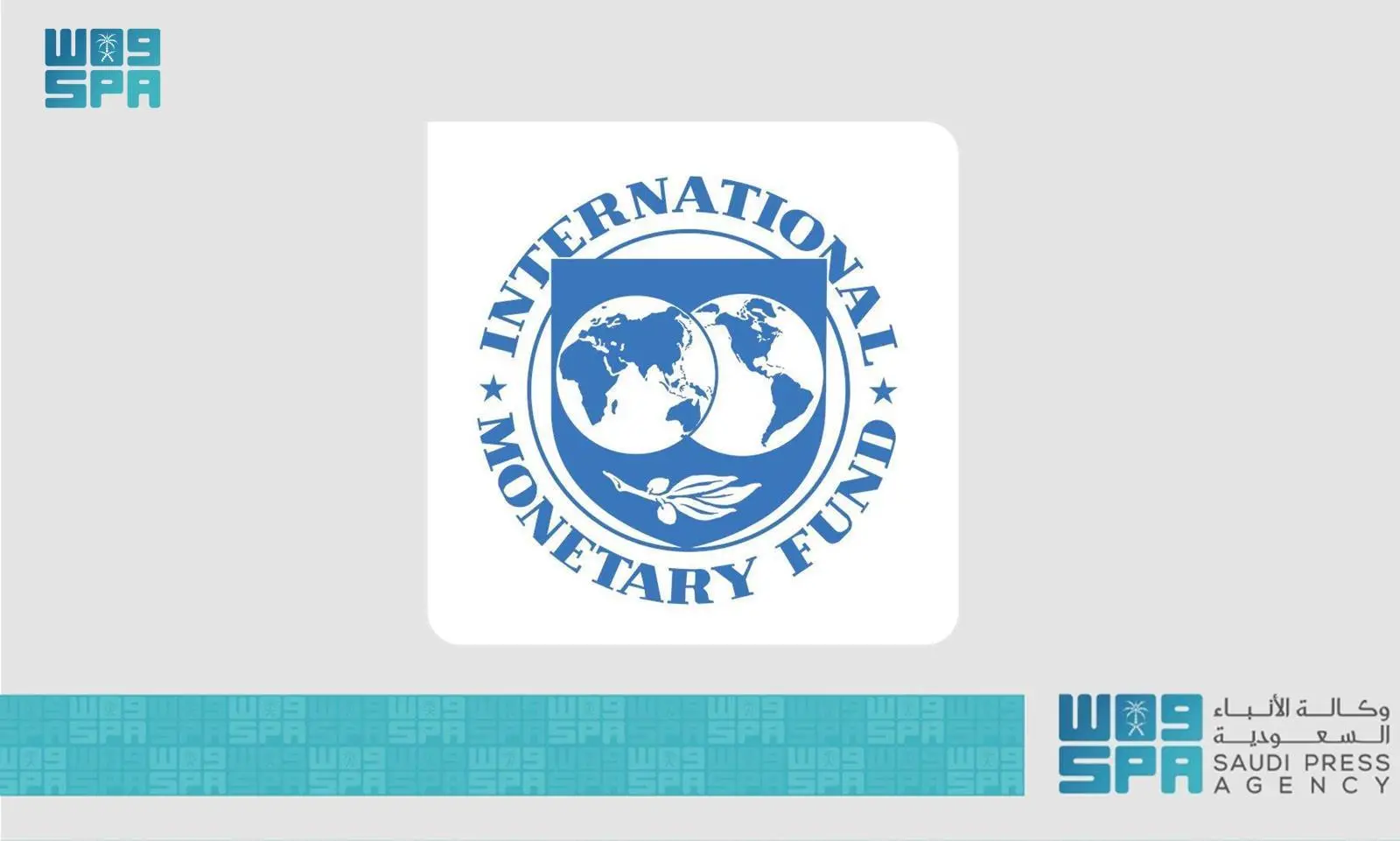
IMF says The Saudi‘s Economic & Fiscal Position are Strong Due to Ongoing Reforms Under Saudi Vision 2030
23-10-2023
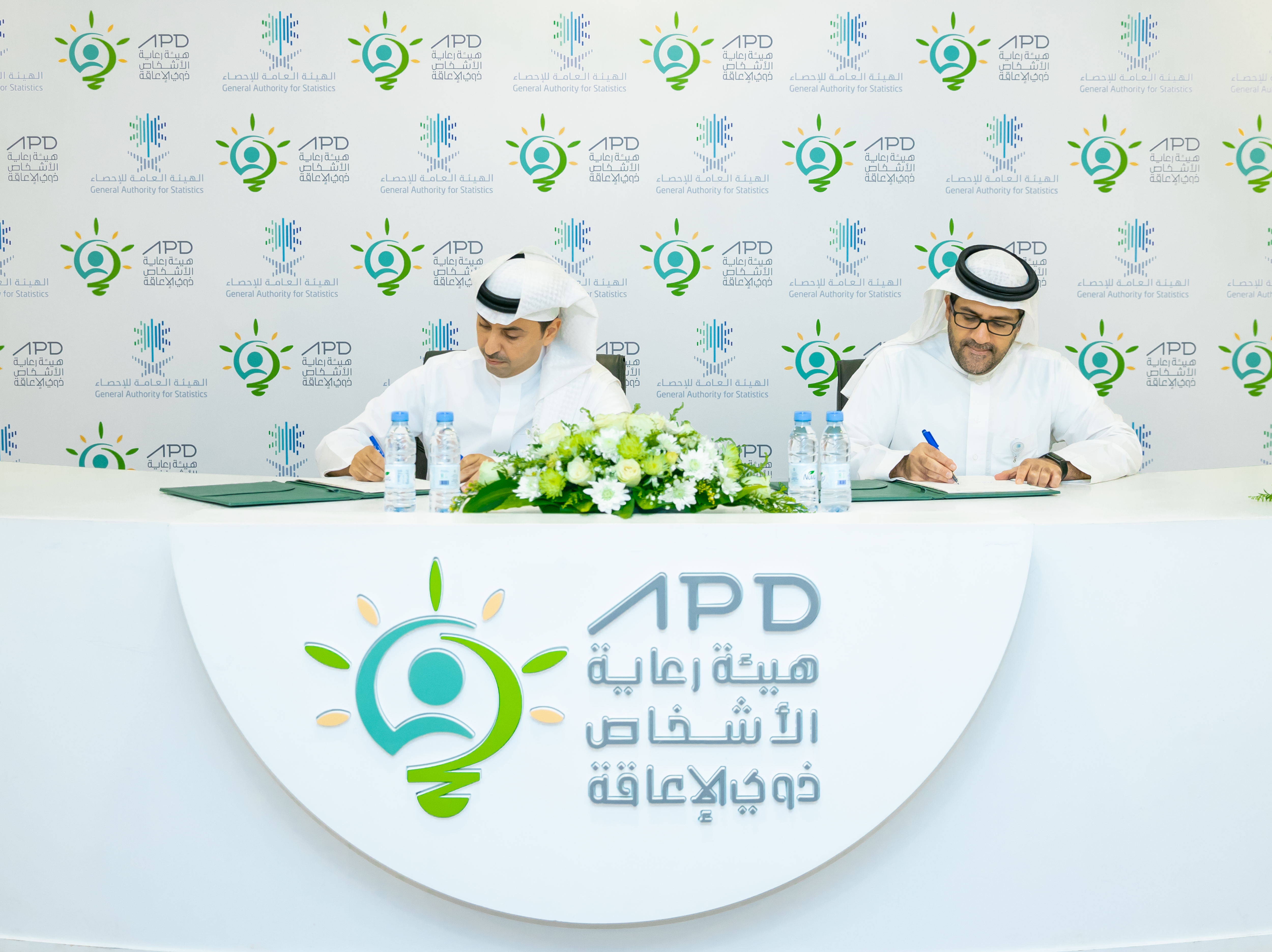
To Exchange technical and cognitive expertise and support The General Authority for the Care of Persons with Disabilities signs a memorandum of cooperation with the General Authority for Statistics
23-10-2023
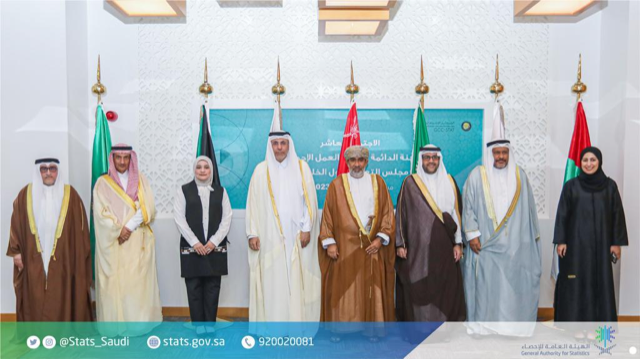
GCC Permanent Committee for Statistical Work holds its 10th meeting in Muscat
23-10-2023
To enhance statistical cooperation Organization of Islamic Cooperation Statistical Commission meets in Jeddah
03-10-2023
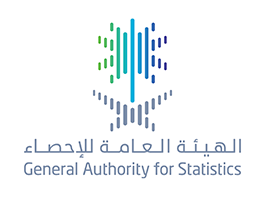
GASTAT Population’s unemployment rate decreases to 4.9% in Q2/2023
28-09-2023
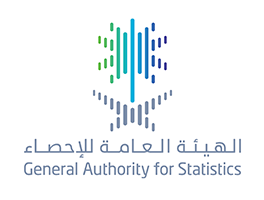
GASTAT:Non-oil activities grow by 6.1% in Q2 2023 and drive the Saudi economy to achieve growth of 1.2%
11-09-2023
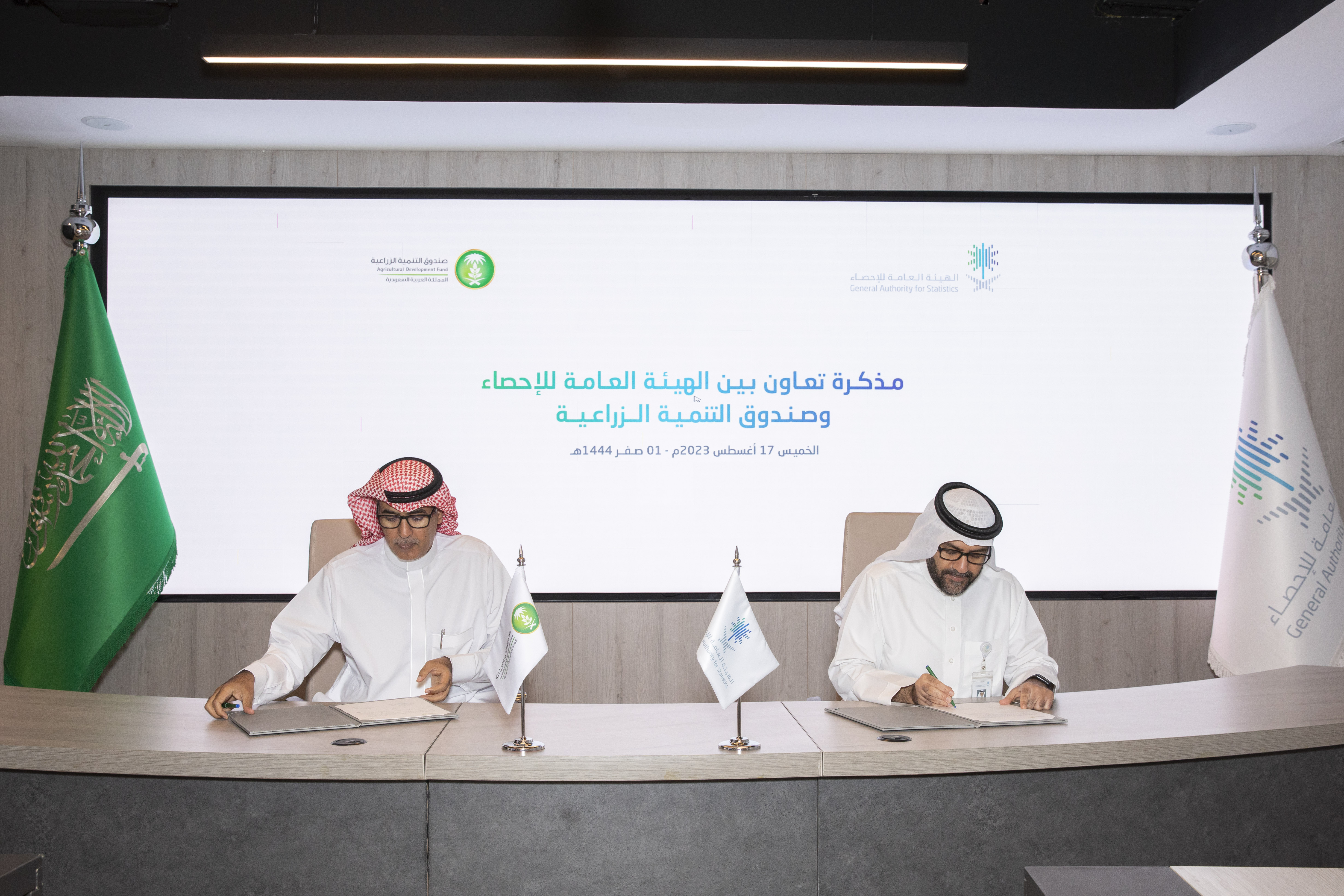
With the aim of exchanging support and sharing statistical indicators ADF signs MoC with GASTAT
17-08-2023
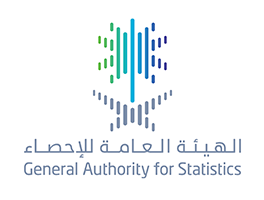
Inflation rate in KSA is stable during July 2023
15-08-2023
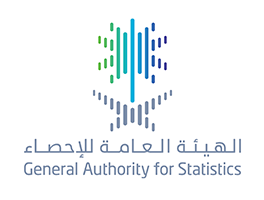
GASTAT Issues Saudi Women's Report 2022
13-08-2023
GASTAT Launches Economic Data Platform
11-08-2023
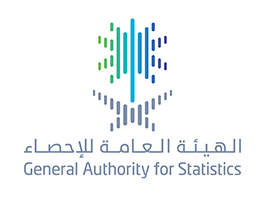
GASTAT issues the Industrial Production Index for June 2023
10-08-2023
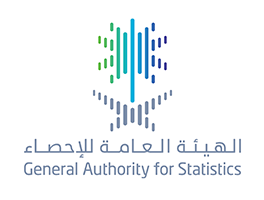
GASTAT publishes The Real Estate Price General Index for quarter 2 of 2023
03-08-2023

Saudi economy grows by 1.1% driven by the growth of non-oil activities by 5.5% in quarter 2 of 2023
31-07-2023
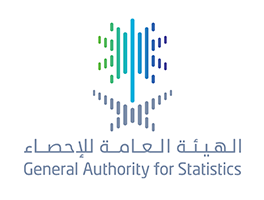
Merchandise Exports Record SAR 97.1 B in May 2023
25-07-2023
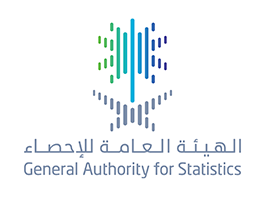
GASTAT releases the Industrial Production Index for May 2023
12-07-2023
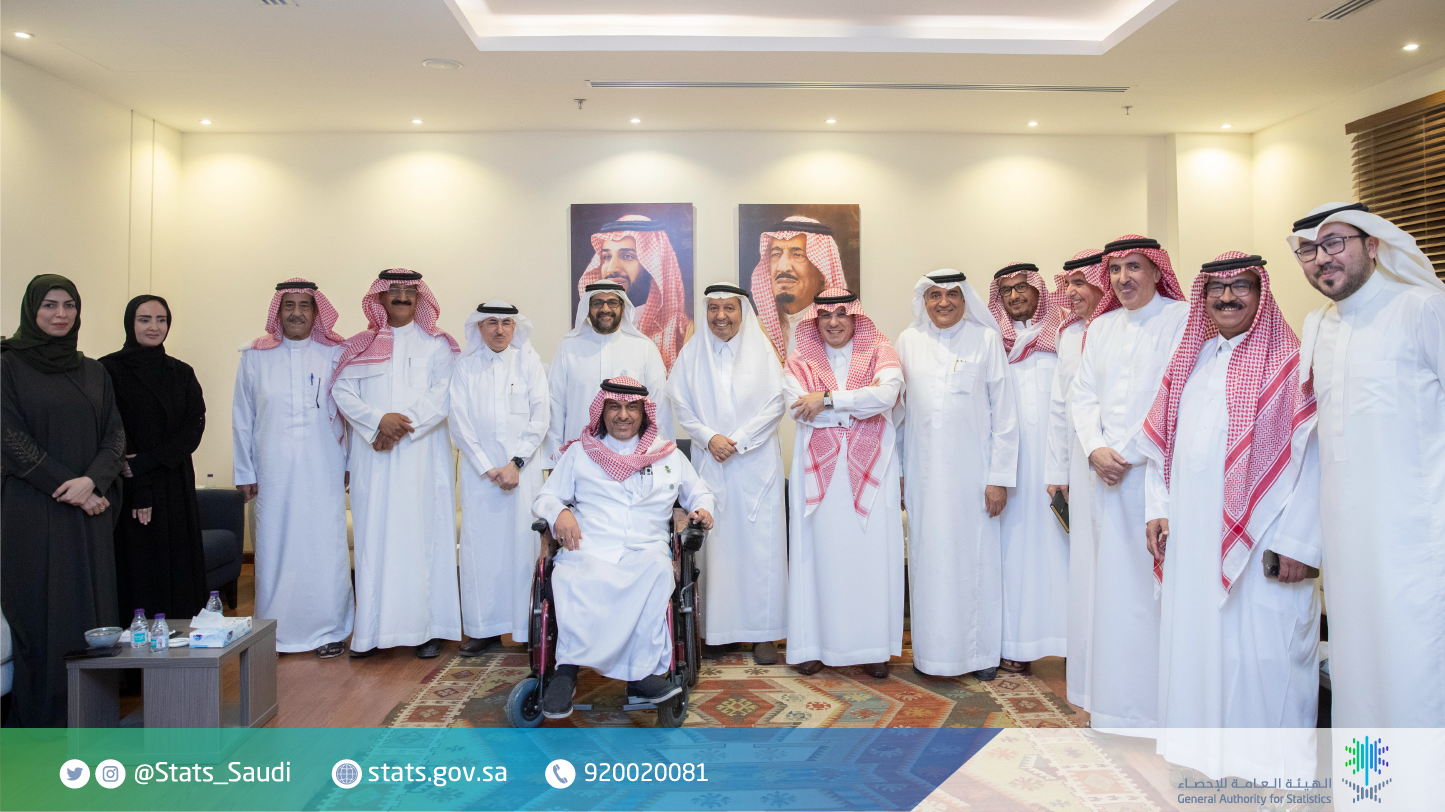
Merchandise Exports Record SAR 97.1 B in May 2023
10-07-2023
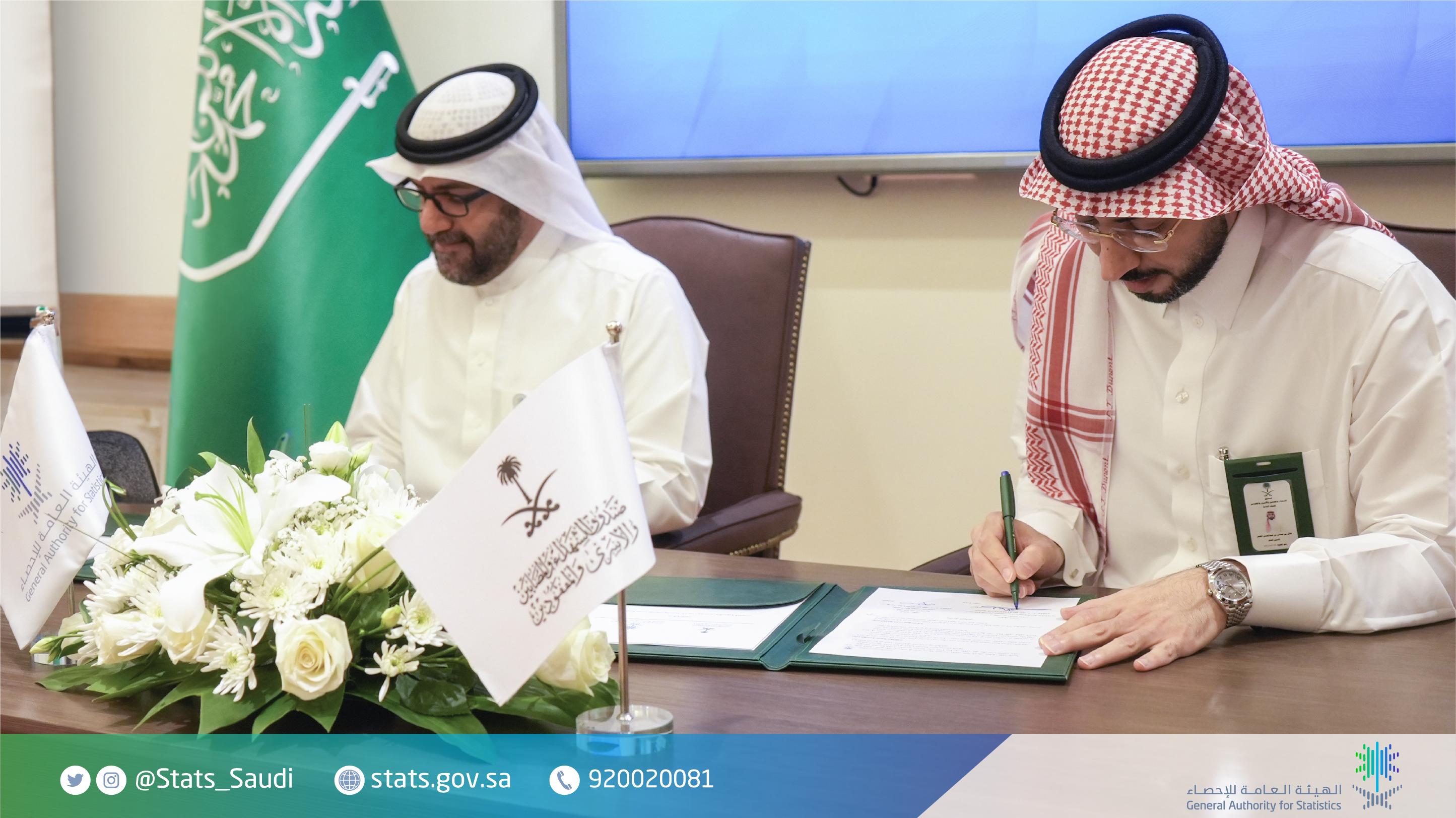
GASTAT releases the Industrial Production Index for May 2023
09-07-2023

GASTAT signs MoU with FSC to develop statistical products
03-01-2024
GASTAT Obtains the European Institutional Excellence Certificate EFQM
01-01-2024

GASTAT 45.8 % of employees (18 years and over) in KSA work for more than 40 hours a week
31-12-2023
GASTAT celebrates Gulf Statistics Day with participation of Gulf statistical agencies
25-12-2023
GASTAT wins excellence award for website performance and digital content efficiency at the level of government entities 2023
24-12-2023

“GASTAT” and Information & eGovernment Authority in the Kingdom of Bahrain sign MoU
21-12-2023

GASTAT: Number of passengers of public transport buses increases in KSA during 2022
21-12-2023

GASTAT: Operating Revenues of SMEs Increase by 5.8% in 2022
21-12-2023

GASTAT President Discusses Ways of Cooperation with Netherland Side
04-12-2023
GASTAT issues culture and entertainment statistics from mid-2022 to mid-2023
04-12-2023

Saudi Arabia adopts new methodology for calculating FDI data
30-11-2023

GASTAT issues indicators of health determinants and childhood development in KSA for 2023
26-11-2023
General Authority for Statistics and Saudi Federation for Cybersecurity sign a memorandum of cooperation
23-11-2023
Saudi Arabia and Estonia discuss ways to enhance cooperation in the statistical field
22-11-2023

GASTAT signs a cooperation agreement with Health Insurance Council
16-11-2023
Under the presidency of Kingdom 48th meeting of Board of Trustees of Arab Institute for Training and Statistical Research holds in Jeddah
16-11-2023

BOD of GASTAT holds its 26th meeting
14-11-2023

GASTAT signs MoC with Saudi Broadcasting Authority
13-11-2023

GASTAT discusses ways of joint cooperation with Kingdom of Bahrain
12-11-2023

GASTAT holds meeting with its Korean counterpart
12-11-2023

KSA participates in 21st International Conference of Labour Statisticians
12-11-2023

GASTAT issues number of health status indicators in Kingdom
01-11-2023

GASTAT participates in the 9th Global Conference on (SDMX)
29-10-2023

IMF says The Saudi‘s Economic & Fiscal Position are Strong Due to Ongoing Reforms Under Saudi Vision 2030
23-10-2023

To Exchange technical and cognitive expertise and support The General Authority for the Care of Persons with Disabilities signs a memorandum of cooperation with the General Authority for Statistics
23-10-2023

GCC Permanent Committee for Statistical Work holds its 10th meeting in Muscat
23-10-2023
To enhance statistical cooperation Organization of Islamic Cooperation Statistical Commission meets in Jeddah
03-10-2023

GASTAT Population’s unemployment rate decreases to 4.9% in Q2/2023
28-09-2023

GASTAT:Non-oil activities grow by 6.1% in Q2 2023 and drive the Saudi economy to achieve growth of 1.2%
11-09-2023

With the aim of exchanging support and sharing statistical indicators ADF signs MoC with GASTAT
17-08-2023

Inflation rate in KSA is stable during July 2023
15-08-2023

GASTAT Issues Saudi Women's Report 2022
13-08-2023
GASTAT Launches Economic Data Platform
11-08-2023

GASTAT issues the Industrial Production Index for June 2023
10-08-2023

GASTAT publishes The Real Estate Price General Index for quarter 2 of 2023
03-08-2023

Saudi economy grows by 1.1% driven by the growth of non-oil activities by 5.5% in quarter 2 of 2023
31-07-2023

Merchandise Exports Record SAR 97.1 B in May 2023
25-07-2023

GASTAT releases the Industrial Production Index for May 2023
12-07-2023

Merchandise Exports Record SAR 97.1 B in May 2023
10-07-2023

GASTAT releases the Industrial Production Index for May 2023
09-07-2023